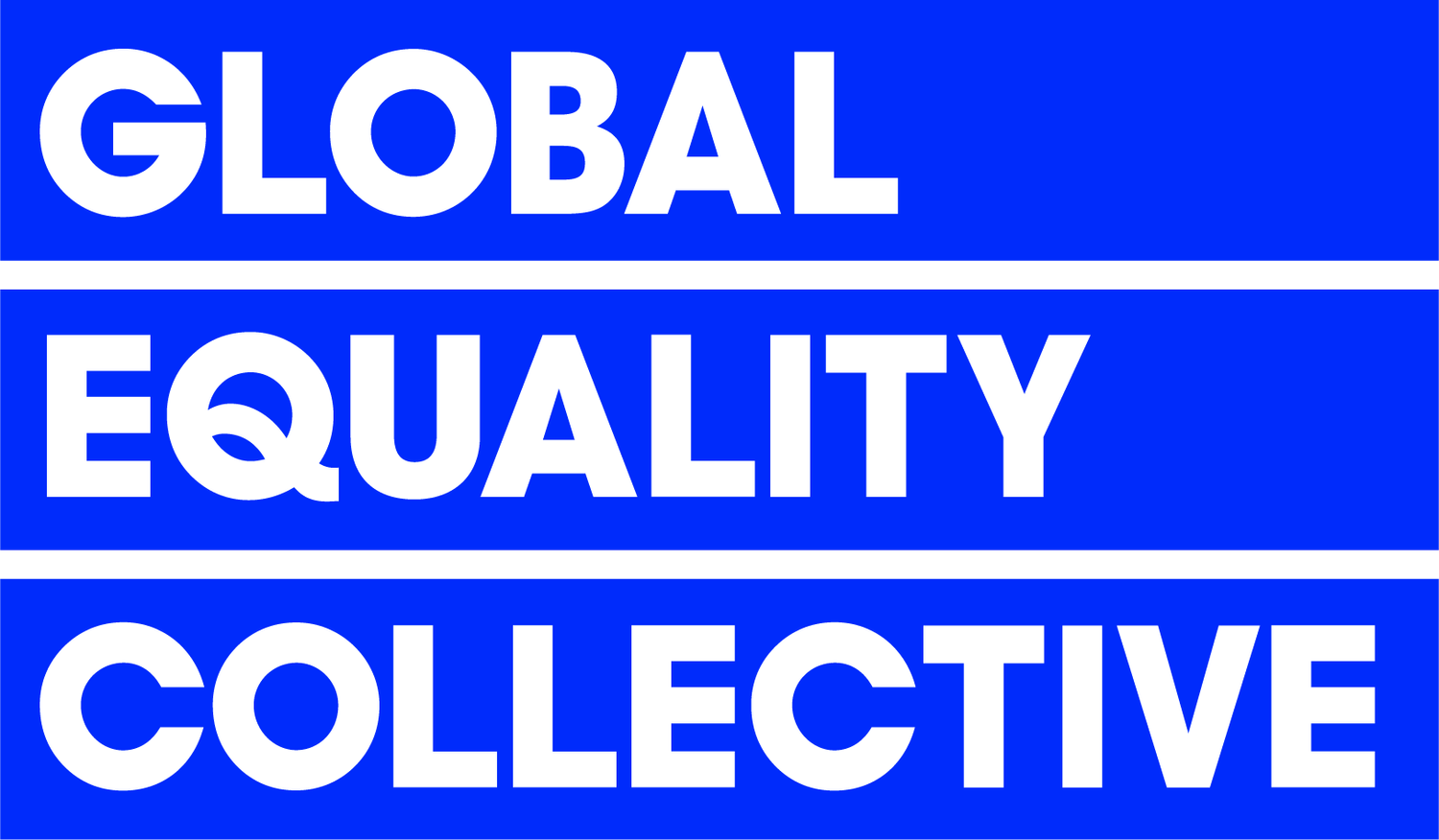GEC Inclusion Index - Staff - Key Behavioural Area 2
Culture
“I feel like I can be my authentic self here.”
58.2% agree
⬆ Improving Trend
So what?
We often talk about school culture in terms of vision and values — but for staff, it’s lived. Culture is about whether people feel safe being their full selves at work — without fear of judgement, bias, or subtle punishment.
Yet in our 26,000 Voices dataset, only 58.2% of staff agreed that they could be their authentic selves at work. That means about 1 in 2 staff are hiding who they really are — every single day.
This is especially stark for:
Global Majority staff navigating cultural assumptions and code-switching
“I change how I speak in meetings — I even change my hair. Being ‘me’ isn’t seen as professional.”
LGBTQIA+ colleagues who self-censor personal lives
“I’ve never said I have a partner. I use ‘they’ or say ‘someone I know.’ It’s just easier.”
Working-class staff facing invisible class norms
“If you’re not middle class and white, you’re the odd one out. Everything from how you dress to how you talk gets judged.”
Neurodivergent staff masking to avoid judgement
“If I stim or ask for quiet, people think I’m rude or awkward. So I just don’t.”
These aren’t isolated issues — they’re structural. A culture that demands masking, silence or performance is not inclusive. It’s exhausting. And it’s pushing great people away.
“I smile, nod and agree with everything — even when it’s wrong. Because I can’t afford not to.”
Microcultures — especially in departments with low diversity — further erode authenticity. Many cited “banter,” coded language, and lack of leadership diversity as barriers:
“The jokes, the assumptions — they all add up. I just keep quiet now.”
The GEC Platform: Proven Solution
The GEC Platform allows schools to map cultural safety across identity, role, and context — revealing how your culture is really experienced by different staff.
📊 What We Found:
Over 40% of staff feel they can’t be authentic at work
Those in minoritised groups are far more likely to mask, self-censor or experience coded bias
Authenticity scores directly align with retention, wellbeing, and trust in leadership
💬 In Their Words:
“The GEC Platform is sensational. The overall findings have been incredibly useful and informative, leading us to consider elements of our approach that we had not fully thought about before.” — The Duston School
🎯 Why It Works:
The GEC Platform doesn’t just give you data — it shows you who is hiding and why. It helps you design a culture where difference is seen as an asset — not a problem to manage.
What works?
But change is possible. In schools where inclusive culture is modelled from the top — and authenticity is welcomed, not just allowed — staff described feeling safe, proud, and connected:
“Our head is out and proud. That changed everything. I felt like I could breathe.”
Intersectionality matters here too. Staff who hold multiple marginalised identities — such as being both working-class and neurodivergent — were consistently more likely to report low culture and belonging scores.
🧩 The message? Culture isn’t your policy — it’s your people. If nearly half your team is editing themselves to survive, you don’t have a culture problem. You have a retention crisis.
Next Steps & Free Stuff
✅ Getting culture right starts with your staff.
Make sure your CPD library reflects the diversity of voices that shape your community. Equip your team with the best inclusion titles — and ensure the authors represent the underserved groups identified in our index, including:
Neurodivergent staff
Faith-practising staff
Global Majority staff
Explore our curated inclusion resource library here:
🔗 GEC Cultural Resources Library
📊 Then, use the GEC Score Card to audit how your school supports authenticity and inclusion — aligned to the latest Ofsted Framework.
📰 For further insight, read Dr Nicole Ponsford’s latest piece in Schools Week:
👉Uncovering the Unknown Unknowns of Inclusion






